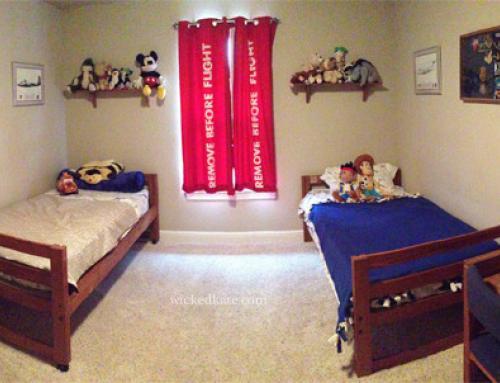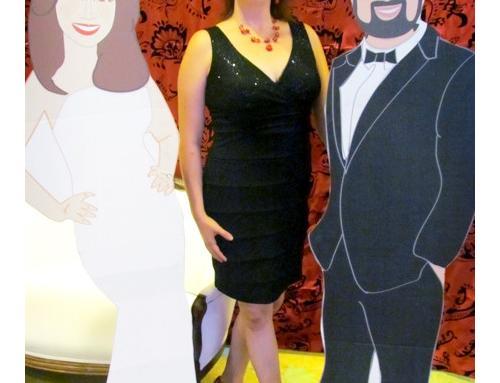Many of my friends recently announced the beginnings of photography businesses throughout the US. Others of us are simply attempting to master our equipment! There is a lot to learn when you are starting to pick up photography as a hobby. Here are some terms that may help you start your adventure…
1. Aperture: A small, circular opening inside the lens that can change in diameter to control the amount of light reaching the camera’s sensor as a picture is taken. Source
2. F-Stop: The aperture diameter is expressed in f-stops; the lower the number, the larger the aperture. For instance, the aperture opening when set to f/2.8 is larger than at f/8. The aperture and shutter speed together control the total amount of light reaching the sensor. A larger aperture passes more light through to the sensor. Many cameras have an aperture priority mode that allows you to adjust the aperture to your own liking. Source
3. Exposure: The quantity of light allowed to act on a photographic material; a product of the intensity (controlled by the lens opening) and the duration (controlled by the shutter speed or enlarging time) of light striking the film or paper. The act of allowing light to reach the light-sensitive emulsion of the photographic material. Also refers to the amount (duration and intensity) of light which reaches the film. Source
4. Depth of Field: The zone of acceptable sharpness in front of and behind the subject on which the lens is focused; extends approx. one-third in front of and two thirds behind the in-focus subject; dependent on three factors: aperture, focal length, and focused distance; the wider the aperture, the longer the focal length, and the closer the focused distance, the less the depth of field, and vice versa; in comparison to a normal lens, wideangle lenses have inherently more depth of field at each f-number and telephoto lenses have less.
Since this element is very important, another simpler way to explain is the amount of distance between the nearest and farthest objects that appear in acceptably sharp focus in a photograph. Depth of field depends on the lens opening, the focal length of the lens, and the distance from the lens to the subject or can explain as in simpler term as the zone of sharpest focus in front of, behind, and around the subject on which the lens is focused; can be previewed in the camera – very handy for critical work. Source
5. Shutter Speed: The camera’s shutter speed is a measurement of how long its shutter remains open as the picture is taken. The slower the shutter speed, the longer the exposure time. When the shutter speed is set to 1/125 or simply 125, this means that the shutter will be open for exactly 1/125th of one second. The shutter speed and aperture together control the total amount of light reaching the sensor. Some digital cameras have a shutter priority mode that allows you to set the shutter speed to your liking. Source
6. ISO Speed: A rating of a film’s sensitivity to light. Though digital cameras don’t use film, they have adopted the same rating system for describing the sensitivity of the camera’s imaging sensor. Digital cameras often include a control for adjusting the ISO speed; some will adjust it automatically depending on the lighting conditions, adjusting it upwards as the available light dims. Generally, as ISO speed climbs, image quality drops. Source
7. Wide Angle Lenses: A wide lens captures a wider expanse of the background than what the human eye will see. Shorter-than-normal focal lengths such as 24mm and 35 mm are typical for a wide lens. Wide lenses are popular for landscape photography and large group shots. Source
8. Normal Lenses: A normal lens shows most accurately what a normal human eye will see. 50mm is a typical normal focal length. The 50mm is the most popular and versatile lens. The quality is excellent while also being inexpensive. It is smaller and lighter, and the aperture allows photographs to be taken in low-light situations. Source
9. Telephoto Lenses: A telephone lens brings the background closer. Longer-than-normal focal lengths such as 70mm and 300mm are typical for a telephoto lens. Since a telephoto lens will bring the subject up close, it is popular for sports photography. Source
10. Specialty Lenses:
Macro A macro lens’s focus is closer to the subject and is used for close-up photography.
Fisheye A fisheye lens uses an angle of view up to 180 degrees. The angle distorts the photograph so the four sides appear to be farther away.
Teleconverter A teleconverter attaches between the camera and another lens. It increases the focal length of your lens. Although teleconverters will bring the subject closer, they do not allow as much light through the lens. Thus, they need slower shutter speeds and/or a fast ISO.




